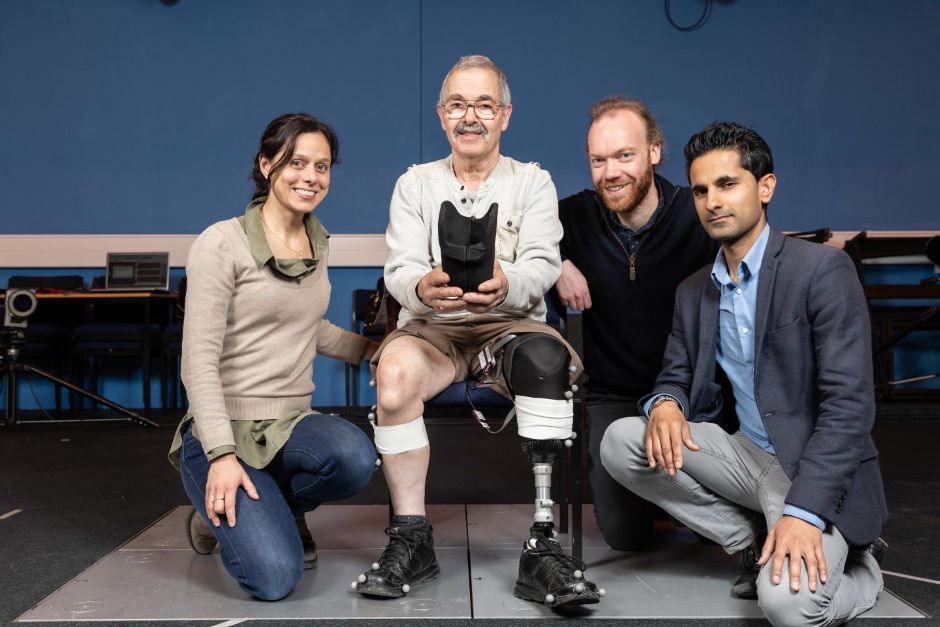
This is the claim of a team of researchers from Bath University who’ve combined advanced 3D scanning to create digital models for affordable and potentially life-changing personalised prosthetic liners.
In England alone there are over 45,000 people reliant on prosthetic limbs, with more than 5,000 people each year having new lower-limb amputations. For these individuals, the interface between their residual limb (the amputation site) and their artificial limb is essential for maintaining healthy, active lives. Furthermore, a good fit could make the difference in whether or not they walk again.
Following an amputation, a person's residual limb constantly changes in shape and size as it heals, a process that can last between 12 to 18 months. According to Bath University, this variation can result in the liner fitting poorly, leading to tissue damage, causing pain and discomfort for amputees. This is exacerbated by patient activity levels and environmental conditions such as hot weather. This discomfort can lead to patients abandoning their prosthesis and rehabilitation regime, instead being forced to rely on a wheelchair.
This project – combining the expertise of researchers from Bath University's Department of Mechanical Engineering, Department for Health and Centre for the Analysis of Motion, Entertainment Research and Applications (CAMERA) - is said to be a new approach to providing the liners which fit inside the prosthetic socket that attaches to the artificial leg.
Amputees currently return to their NHS prosthetist every time their limb changes size for their socket to be replaced or adjusted, often many times in the first year following amputation. By providing a series of personalised liners of different sizes, that all fit within the same prosthetic socket, the frequency of these visits can be reduced, improving patient well-being and saving NHS resources.
Using a scanner which quickly captures 3D shape, the research team precisely scans an amputee's residuum. The scanned data is then used to create a full digital model of the residuum which is subsequently used to design the personalised liner. The liner is then manufactured using a cryogenic machining technique, negating the need for complex and time-consuming moulds.
At Bath, the researchers are using a soft polymer neoprene-like material - similar to that used in wetsuits - for the liner, which is more comfortable than the silicon liners used by the NHS. The entire process takes less than a day from scanning right through to the physical liner being fitted.
The Bath researchers are currently trialling this approach with an amputee volunteer John Roberts, whose journey with the researchers is documented in the following video:




Swiss geoengineering start-up targets methane removal
No mention whatsoever about the effect of increased methane levels/iron chloride in the ocean on the pH and chemical properties of the ocean - are we...